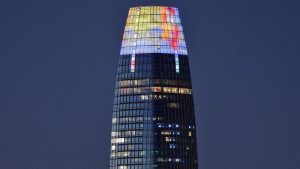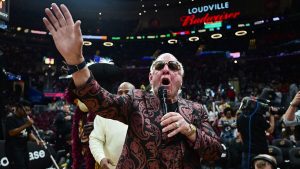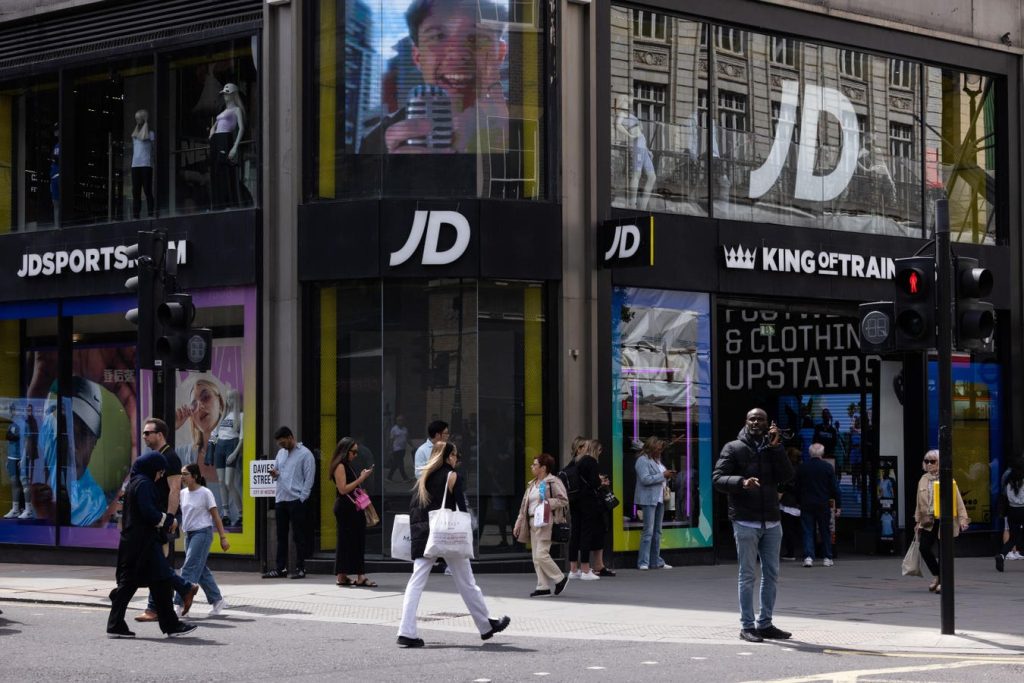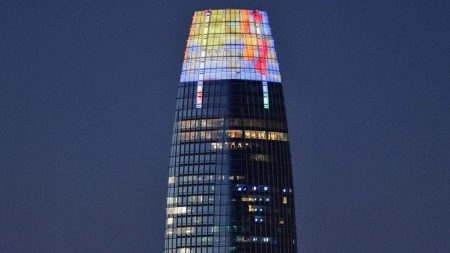JD Sports Fashion, the prominent sportswear retailer headquartered in Manchester, recently announced a downward revision of its profit forecast for the fiscal year ending February. The company now anticipates pre-tax profits to fall between £915 million ($1.1 billion) and £935 million, a decrease from the previously projected range of £955 million to £1.035 billion. This adjustment follows a prior warning issued in November, where the company acknowledged the likelihood of profits landing at the lower end of its guidance, citing a “volatile trading environment.” The announcement triggered a significant market reaction, with JD Sports shares plummeting nearly 13% in early trading before recovering slightly to close with a loss of nearly 7%. This recent decline adds to the stock’s overall performance woes, having slumped more than 20% over the past year.
The company attributes the revised forecast to stronger-than-anticipated market headwinds, characterized by increased promotional activity within the retail sector. JD Sports reported a 1.5% decline in like-for-like revenue during the crucial November and December trading period, a period often indicative of overall annual performance. Despite this dip in like-for-like revenue, organic revenue experienced a 3.4% growth during the same period, suggesting the company’s overall sales volume increased, albeit at a slower pace than initially anticipated. Looking forward, JD Sports now projects flat like-for-like revenue for the full year, with organic revenue expected to grow by approximately 5%. This cautious outlook reflects the company’s assessment of persistent challenging market conditions.
Régis Schultz, CEO of JD Sports, explained the company’s strategic decision to resist engaging in excessive promotional activity, prioritizing improvements in gross margins, efficient inventory management, and robust cash flow. This approach, while potentially impacting short-term sales figures, aims to strengthen the company’s financial health in the long run. Schultz acknowledged the impact of the challenging market conditions on the company’s performance, stating that headwinds were more pronounced than anticipated, leading to the slightly lower profit forecast. He also emphasized the company’s cautious outlook for the new financial year, anticipating the continuation of challenging trading conditions. This cautious approach reflects the company’s commitment to sustainable growth and its awareness of the prevailing economic uncertainties.
Despite the challenges, JD Sports expects its gross margins to remain stable at around 48%, aligning with the previous year’s figure. This stability in gross margins underscores the effectiveness of the company’s pricing strategies and cost management efforts amidst the challenging market dynamics. The company’s global footprint, spanning 4,558 stores worldwide, provides a diversified revenue stream. While sales in the U.K. and North America experienced weakness, growth in Europe and the Asia Pacific region helped offset these declines, demonstrating the benefits of international diversification. This geographic spread allows the company to leverage growth opportunities in different markets and mitigate risks associated with economic downturns or regional market fluctuations.
JD Sports’ strategic expansion efforts, exemplified by the acquisition of athletic fashion retailer Hibbett for approximately $1.1 billion in April of the previous year, underscore its commitment to expanding its presence in the global sportswear market, particularly in the U.S., which is the world’s largest sportswear market. This acquisition strengthens JD Sports’ position in the U.S. market, allowing it to tap into a larger customer base and enhance its competitive advantage. The company, which proudly refers to itself as the “King of Trainers,” maintains a prominent position in the sportswear and footwear retail landscape. Its extensive product offerings encompass a wide range of brands, including industry giants like Nike, Adidas, and New Balance, alongside its own proprietary brands such as Hoodrich and Supply & Demand. This diverse product portfolio caters to a broad consumer base, ranging from casual wear to performance athletes, reinforcing its market leadership.
The origins of JD Sports can be traced back to 1981 when co-founders John Wardle and David Makin established the business in Bury, Greater Manchester. The company’s subsequent growth and evolution culminated in a significant ownership shift in 2005, when the founders sold a 45% stake to the Pentland Group. Pentland, a major player in the U.K.’s sports apparel industry, subsequently increased its ownership in JD Sports to 52%, solidifying its control over the retailer. Pentland Group boasts an impressive portfolio of brands, including well-known names such as Speedo, Berghaus, Mitre, and Canterbury of New Zealand. With annual sales exceeding $8 billion and a workforce of over 76,000, Pentland holds a significant position in the global sports apparel market. Founded in 1932, Pentland Group is currently chaired by Stephen Rubin, whose estimated net worth of $1.9 billion places him among the Forbes Real-Time Billionaires list. This connection to Pentland Group provides JD Sports with significant financial backing and strategic expertise, contributing to its continued growth and success in the competitive sportswear retail market.










